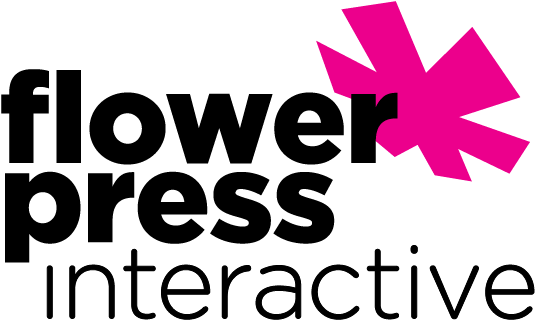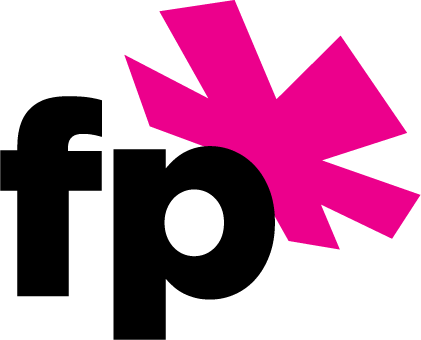
Early User Research is something most people associate with digital product design. It’s a process teams go through to validate features, functionality and user flows. It’s very focused, intentional and tangible. “You’re a shopper trying to buy camping gear. How would you go about that?”
Companies who start their research with Early User Research are missing an opportunity to connect with potential customers before they even get started designing a single wireframe or user flow. In fact, once a product or service idea is established, connecting with potential customers really can’t happen soon enough.
Many companies are tempted to conduct third-party market research instead of one-on-one customer interviews in the beginning stages. Market research can give you valuable, general information. It can let you know the lay of the land, who’s offering what, how much they are charging, who is leading the market. It can let you know how competitors are positioning themselves, where opportunities exist etc. Bring in the SWOT analysis.
However, market research cannot tell you how potential customers will perceive your idea. It won’t tell you how to talk with your customers, what language to use, what images to select. All of these things can be created, by a designer you hire, but without Potential Customer Interviews, the design process is blind.
Recently I had an opportunity to work on a design project for Quiet Parks International. The organization is focused on reducing obtrusive human noise in wilderness areas. I was hired to design a logo and brand identity. I could have done this without early customer interviews, but I would have been guessing. Gratefully, Quiet Parks International agreed to invest in early customer interviews. I learned a lot about language, imagery and how messaging would be the most impactful. As a result, the designs I created were backed by customer quotes, insights and personal statements. The design process took less time because I spent less time guessing.
In my experience, designing brand identities with the benefit of Potential Customer Interviews cuts down on design time by 15 – 20%. It also creates buy-in with stakeholders and your entire team.
Pointing to research allows contributors to understand that the brand identity and positioning are not random, it is based on insights from research. And best of all, creating a brand identity, with the benefit of research, creates a brand that will resonate more with your target audience.
In an ideal world, here is how I would recommend executing a new design project, digital or service-oriented.

Questions?
Read more about our approach to design projects in our Approach section.

